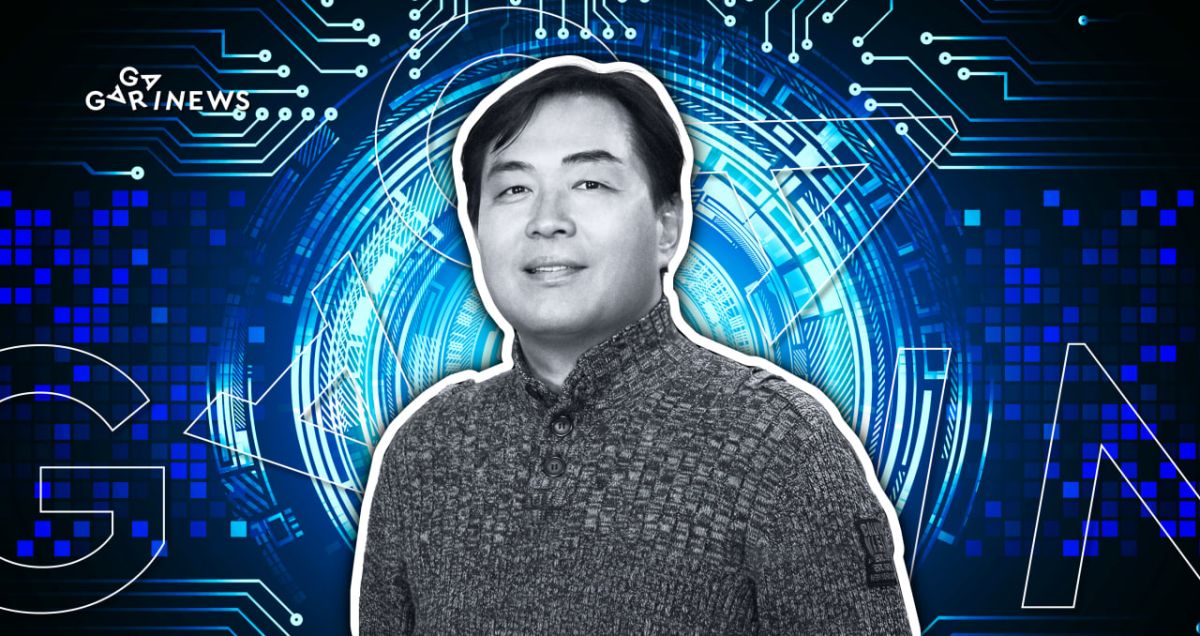Charlie Lee: From Google to Litecoin

Charlie Lee, the Litecoin developer is a prominent figure in the cryptocurrency world. Despite not being as popular as Bitcoin or Ethereum, LTC remains a favorite among many crypto investors
We have previously covered the Litecoin project in detail. However, its creator's personality is no less unique than the cryptocurrency itself, often called digital silver.
Karma or a misguided strategy?
Despite Charlie Lee's attempts to keep out of the public eye, he has almost a million Twitter followers. His opinions are highly regarded. His opinions are highly regarded. However, as a crypto realist who looks soberly at the crypto market, many accuse him of bearing on the market together with the biggest bears.
Whenever I tweet about the Litecoin price or even just bad news, I get accused of doing it for personal benefit. Some people even think I short LTC
– Lee complained several times.
In an attempt to clear himself of any allegations of price manipulation for his cryptocurrency, Charlie sold all the LTC he owned and donated the proceeds to charity. However, this did not help. Twitter followers continue to accuse the Litecoin Foundation founder of creating news that directly influences the asset's price.
Haipo Yang, CoinEx founder and friend of Charlie, explains what's going on:
It’s funny that Charlie just wants to focus on development, but all he does is marketing.
Charlie is a gifted developer who, like Gavin Wood, does not pursue leadership positions.
Creating “digital silver” wasn't easy for Charlie Lee. The fact that he tried with a similar coin before LTC is often forgotten by many people. In September 2011, he tried to launch Fairbix, which utilized the Proof-of-Work hashing protocol and ran on a script that he later adapted to develop Litecoin. Before the official launch, however, the development team led by Lee conducted a premining of 7 million Fairbix. This caused a storm of indignation in the community. There was an accusation that the developers had deviated from decentralization principles. In 2011, this was a serious accusation, because Nakamoto's “White Paper” was still perceived as gospel for crypto enthusiasts. It is worth noting that the project was doomed from the start and failed to take off. However, in fairness, it should be added that the Multicoin client, which was used for the altcoin, also had several serious software errors that made it unable to withstand a 51% attack.
Charlie learned from his mistakes and did not procrastinate – he started writing scripts for a blockchain that would be as reliable as Bitcoin but much faster. Lee's main goal is to make cryptocurrency a payment method.
In his pursuit, he:
- Altered the hashing protocol;
- Decreased the average block confirmation time;
- Enlarged the maximum supply to 84 million LTC.
Despite his original vision for Litecoin as a complement to Bitcoin, Charlie Lee is often portrayed as a competitor to the original cryptocurrency in the crypto space. In reality, he views Litecoin as Bitcoin's younger brother, tailored for smaller transactions like retail purchases, while Bitcoin serves as the currency for international payments.
The road to hell is paved with good intentions, indeed. Charlie had already figured that out.
10 facts about Charlie Lee
1. Charlie was born in Ivory Coast. His parents were among the first Chinese immigrants to arrive in Africa in the early 1960s. At this time, colonialism was breaking down on the African continent.
2. He moved to the United States with his family at 13.
3. Charlie has a master's degree in computer science from the Massachusetts Institute of Technology.
4. Before starting Litecoin creation, Charlie worked as a programmer for over 7 years in major technology companies such as Kana Communications, Guidewire Software, and Google.
5. During his time at Google, Charlie created the YouTube Mobile app and contributed to Chrome OS development.
6. Charlie worked on the code for “digital silver” at the same time he developed the code for Google Play Games, an online gaming service.
7. Discovered bitcoin in 2011 via the Silk Road website. At the time, he was among the most fervent supporters of Ross Ulbricht resources.
8. As with many early cryptocurrency adopters, Charlie Lee did not buy bitcoins, but mined them himself. He claims to still have them in his wallet, but does not disclose the exact amount.
9. Charlie was one of Coinbase's first employees. Brian Armstrong personally selected candidates. For 4 years, Charlie served as the chief technical officer of the exchange and left the post in 2017 to focus on his own project’s development.
10. Charlie Lee's account balance is unknown. He is not listed among crypto millionaires.
Charlie Lee's best quotes
Litcoin is boring and will slowly but surley moon. Have patience.
Buying LTC is extremely risky. I expect us to have a multi-year bear market like the one we just had where LTC dropped 90% in value ($48 to $4). So if you can’t handle LTC dropping to $20, don’t buy!
Being able to securely store it and still have easy access to your money is the holy grail of crypto. Once we solve that, then it could take over.
The content on The Coinomist is for informational purposes only and should not be interpreted as financial advice. While we strive to provide accurate and up-to-date information, we do not guarantee the accuracy, completeness, or reliability of any content. Neither we accept liability for any errors or omissions in the information provided or for any financial losses incurred as a result of relying on this information. Actions based on this content are at your own risk. Always do your own research and consult a professional. See our Terms, Privacy Policy, and Disclaimers for more details.

























